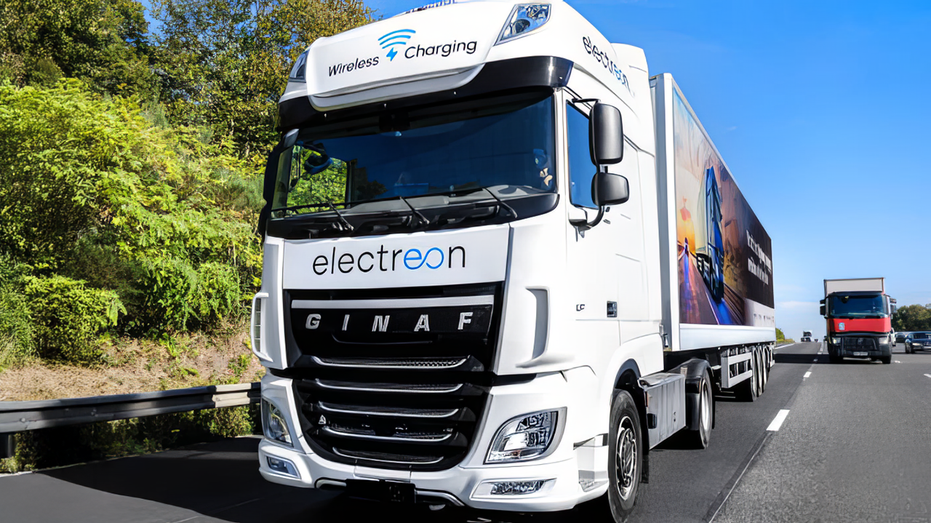Wireless Roadways: The Future of Electric Vehicle Charging on the Move

Imagine a world where electric vehicles (EVs) never need to stop for a charge, seamlessly powering up as they travel along the highway. Recent advancements in wireless charging technology are bringing this vision closer to reality. A groundbreaking pilot project in France demonstrates how embedded coils in the road can transfer over 300 kilowatts of power to moving EVs, potentially revolutionizing long-distance travel.
Innovative Wireless Charging Systems in Action
Developed by Electreon Wireless in collaboration with Vinci Construction, Gustave Eiffel University, and Hutchinson, this project involves a one-mile stretch of roadway near Paris equipped with dynamic charging coils. Vehicles such as trucks, vans, cars, and buses fitted with special pickup coils have successfully received energy while in motion. Early tests indicate peak power delivery exceeding 300 kW, with steady-state power surpassing 200 kW. This capability could enable large freight trucks to operate continuously without traditional refueling stops, significantly reducing downtime and operational costs.
Implications for Transportation and Sustainability
Widespread adoption of dynamic wireless charging could transform transportation infrastructure. Heavy-duty trucks could operate with smaller, lighter batteries, lowering vehicle weight and costs. Delivery fleets and public transit could benefit from extended operating hours and reduced charging breaks, leading to increased efficiency and lower emissions. For everyday drivers, this technology promises to eliminate range anxiety, turning highways into energy highways that recharge vehicles as they travel.
Global Developments and Future Prospects
While Europe leads the way, similar initiatives are underway in the United States. In Detroit, Michigan, a public road on 14th Street already incorporates embedded charging coils capable of powering EVs on the move. Additionally, Purdue University and the Indiana Department of Transportation are constructing a quarter-mile highway section designed for continuous vehicle charging, including heavy trucks. These projects highlight the growing momentum toward integrating wireless charging into mainstream transportation networks.
Challenges and Opportunities
Despite promising results, questions remain about the costs of infrastructure deployment and user pricing models. Public-private partnerships are likely to play a key role in financing these initiatives. Moreover, system performance under diverse traffic conditions and weather remains a critical area of research. Overcoming these hurdles will require collaboration, innovation, and investment, but the potential benefits—more sustainable, efficient, and convenient mobility—make this a compelling pursuit.
Global Vision: From Concept to Reality
Beyond France and the U.S., other countries are exploring similar solutions. As wireless charging roads become more widespread, they could pave the way for a new era of autonomous, energy-efficient transportation. While challenges remain, the rapid pace of technological development suggests that dynamic wireless charging could soon become a standard feature on highways worldwide, transforming how we think about powering vehicles and reducing our carbon footprint.



